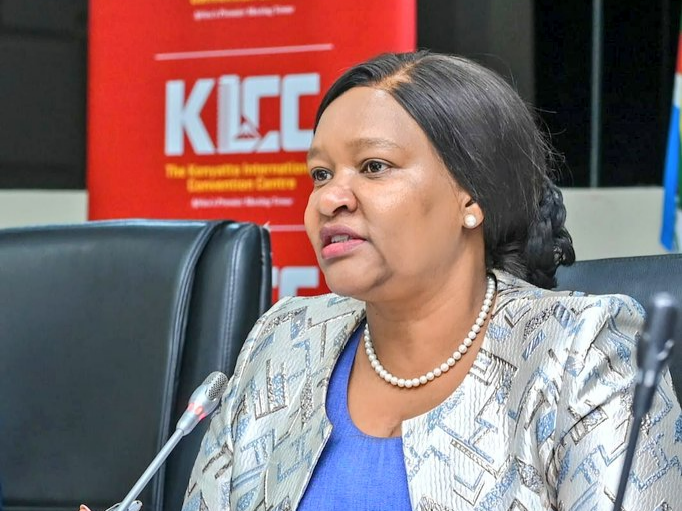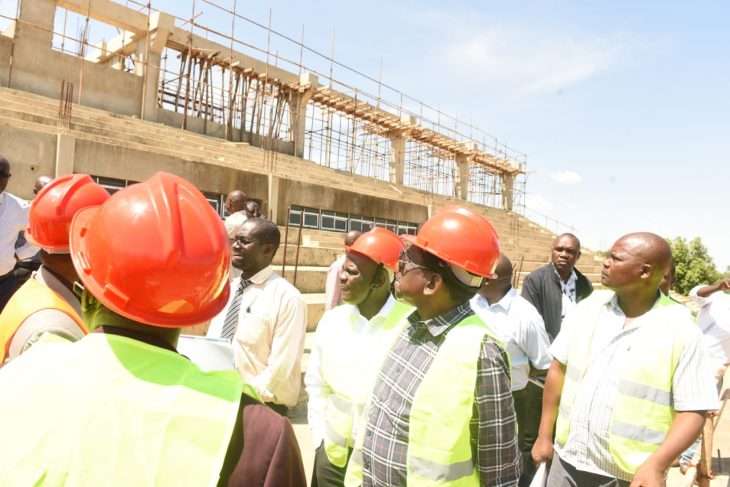As Kenya grapples with the escalating challenge of human-wildlife conflict, the Ministry of Tourism and Wildlife has revealed a funding deficit of KSh 1.36 billion needed to compensate victims. Cabinet Secretary Rebecca Miano announced the shortfall as she launched a public awareness campaign targeting key conflict-prone counties, including Laikipia, Narok, Taita Taveta, Kajiado, and Samburu.
Statistics from 2024 indicate that the country recorded 7,883 cases of human-wildlife conflict, with elephants cited as the main culprits. Over 20,000 claims currently remain unresolved, while approximately 16,000 claims, totaling KSh 4.5 billion, are still awaiting action from County Wildlife Conservation and Compensation Committees.
Miano underscored the urgent need for a dedicated Human-Wildlife Conflict Fund to ensure timely compensation and to support preventive measures in vulnerable regions. The proposed fund would also finance educational and advocacy efforts, focusing on community-led interventions such as fencing, wildlife corridors, and early warning systems.
President William Ruto has reaffirmed his administration’s commitment to fast-tracking compensation for victims, including families of those killed, injured, or with damaged property or crops. He highlighted ongoing investments in electric fencing and advanced surveillance technologies as part of a broader strategy to mitigate conflict and foster peaceful coexistence between communities and wildlife.
In the previous financial year, the government disbursed more than KSh 800 million in compensation, however, delays in convening compensation meetings in affected counties continue to hamper progress, leaving thousands of affected Kenyans in financial and emotional distress.
The government now faces increasing pressure to mobilise resources and streamline compensation processes, as it seeks to balance conservation priorities with the welfare of communities living near protected areas.





